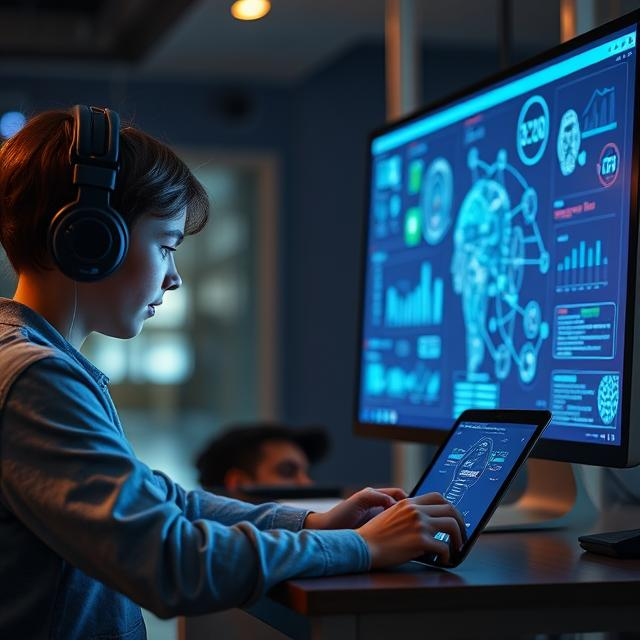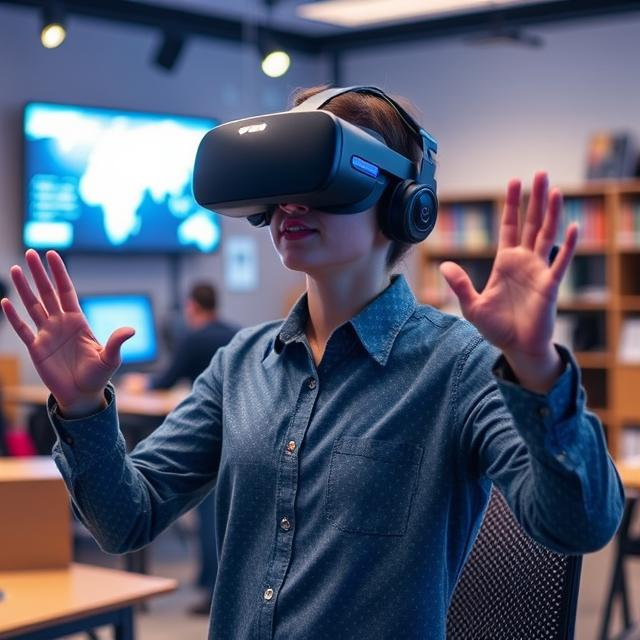Gamification enhances student engagement by integrating game-like elements into the learning process. This approach motivates students and creates an environment that is both fun and educational. Here are a few key ways gamification boosts student engagement:
- Increases Motivation and Participation: When students are given rewards, badges, or levels to achieve, they feel a sense of accomplishment and are motivated to engage more deeply with the material. The desire to complete tasks and earn rewards makes learning feel less like a chore.
- Fosters Healthy Competition: By incorporating leaderboards or point systems, gamification taps into students’ competitive spirit. This can encourage students to put more effort into their studies, striving to improve their performance to top the rankings or to outdo their peers.
- Encourages Collaboration: Many gamified systems involve teamwork and group challenges. Students can collaborate to solve problems or accomplish tasks, enhancing their social interaction and collective problem-solving skills, which builds a sense of community within the class.
- Provides Instant Feedback: Gamification often includes mechanisms for instant feedback, like scoring systems or progress bars. This enables students to quickly understand what they’re doing well and where they need improvement, helping them stay on track and motivated to improve.
- Supports Personalized Learning: Gamified systems often allow students to progress at their own pace, offering challenges or content that suits their level of skill or knowledge. This personalized approach ensures students remain engaged without feeling overwhelmed or bored.
- Makes Learning Fun and Interactive: By introducing elements like storytelling, game mechanics, and simulations, gamification transforms traditional lessons into interactive experiences. This makes the material more engaging, helping students to retain information and stay excited about learning.
- Enhances Problem-Solving and Critical Thinking: Many gamified activities require students to think critically and solve problems. By presenting students with puzzles or challenges, they develop important cognitive skills while staying engaged and entertained.






